One of the best things about my internship this summer is the interaction between archival research and the living world beyond the walls of the Smithsonian.
Step outside any of the Smithsonian buildings around the National Mall and you’ll be sure to hear a symphony of cheeps, chirps, and coos from the birds who call the Mall home. Each day I make it a priority to spend time in one of the beautiful spaces created and maintained through the hard work of Smithsonian Gardens. The Fountain Garden in the Enid A. Haupt Garden and the curvilinear windings of the Mary Livingston Ripley Garden are quickly becoming personal favorites. Amidst the serenity of these thoughtfully cultivated landscapes, the lively abundance of passerines (also known as perching birds, or songbirds) never ceases to delight and amuse me.
Inside the walls of the Smithsonian there is a long-standing tradition of ornithology. As part of my internship, I’ve been working on the oral history interviews of Roxie Collie Laybourne, or “Roxie” as she is simply and affectionately called. Roxie worked in the Smithsonian’s Division of Birds from 1944 until 1988, and remained active as a research associate until her death in 2003. While her greatest achievement is the establishment of the field of forensic ornithology, Roxie is fondly remembered in the hearts of many for her weekly bird-skinning classes, hosted on Thursday evenings in the basement of the Natural History Building. The class was offered free of charge, and was open to any person who expressed an interest in attending.
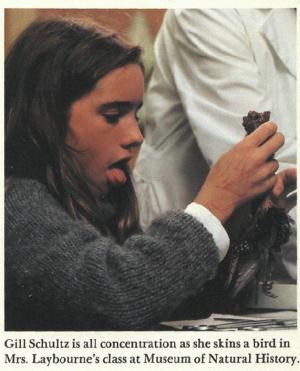
The birds most commonly used in class were those collected around the National Mall, including common starlings, house sparrows, and brown-headed cowbirds. In a 2001 interview, Roxie commented that the equally abundant doves were less desirable because “doves lose their feathers very easily, they are usually fat, and most of the time you skin one and [laughter] you may not have much left but the head!” At the heart of the class was the desire for a fuller appreciation of the beauty of natural history, and of birds in particular. Listen to Roxie talk about her work at the Smithsonian in the audio clip below.
Roxie Collie Laybourne talking about her work at the Smithsonian.
.

Today there are new opportunities for learning about birds and their lives. On July 25, 2012, Smithsonian Gardens established the Urban Bird Habitat Garden outside of the Natural History Museum. The garden has been planted with native trees, shrubs, and perennials to provide food, shelter, and nesting areas for local birds. Today, the habitat garden even boasts its own snag, providing a home for cavity-nesters such as woodpeckers, bluebirds, and chickadees!
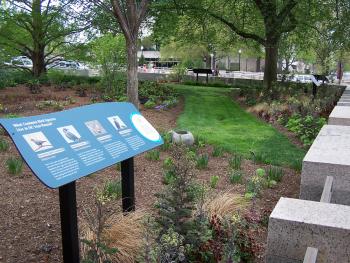
Unfortunately a new teacher has yet to take up the challenge of weekly bird-skinning tutorials. But you can see mounts of all of our local birds in the Birds of D.C. exhibit on the ground floor of the Natural History Museum.
Related Resources
- Video of Gray Catbird Singing at the Castle, Gabrielle F. Graham
- Video of Birds Bathing in National Botanic Garden, Gabrielle F. Graham
- The Smithsonian Urban Bird Habitat, Smithsonian Gardens
- Birds seen around the National Museum of Natural History, Encyclopedia of Life
Related Collections
- Record Unit 9610 - Oral history interviews with Roxie Collie S. Laybourne, 2001, Smithsonian Institution Archives
Produced by the Smithsonian Institution Archives. For copyright questions, please see the Terms of Use.


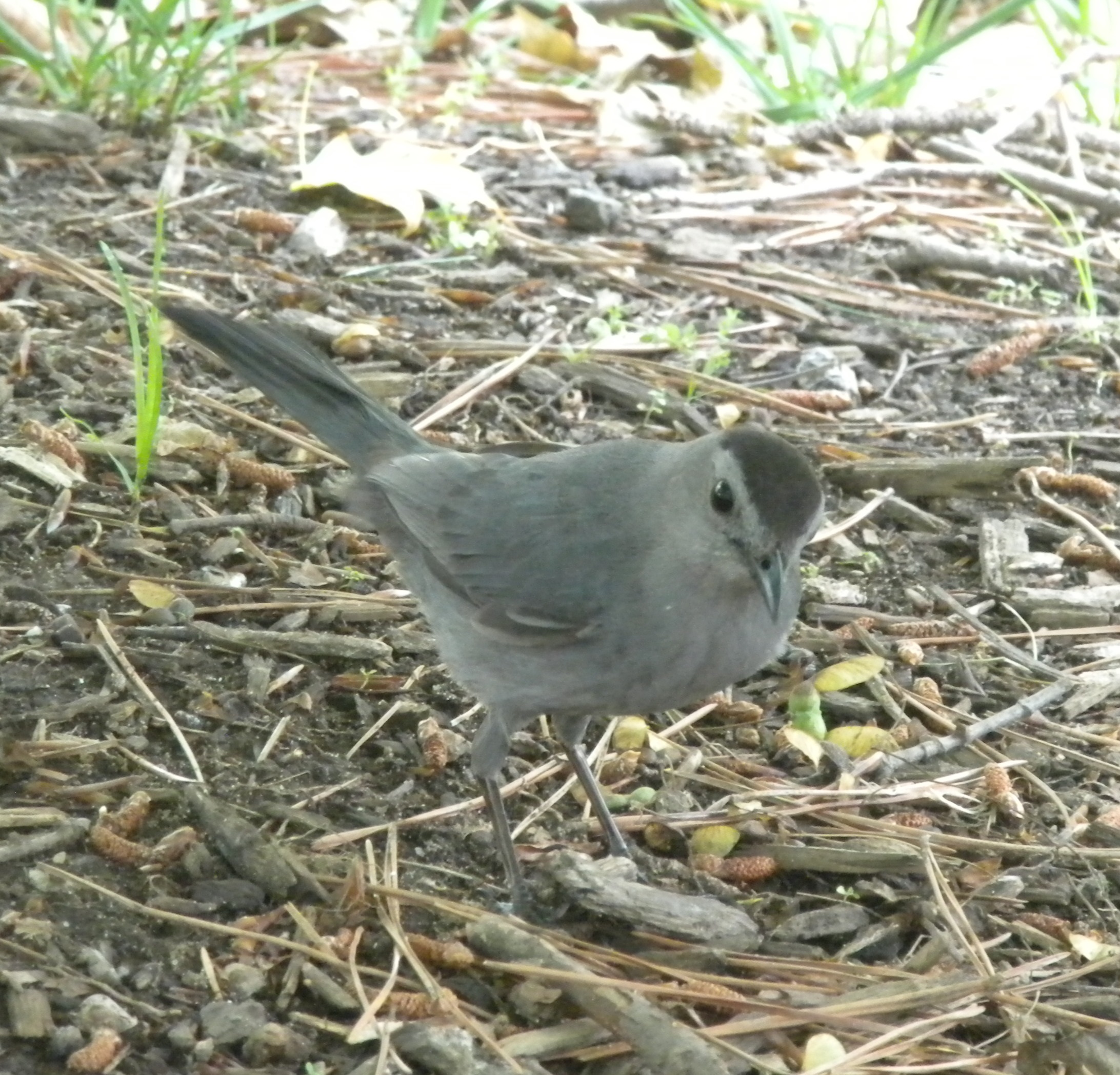

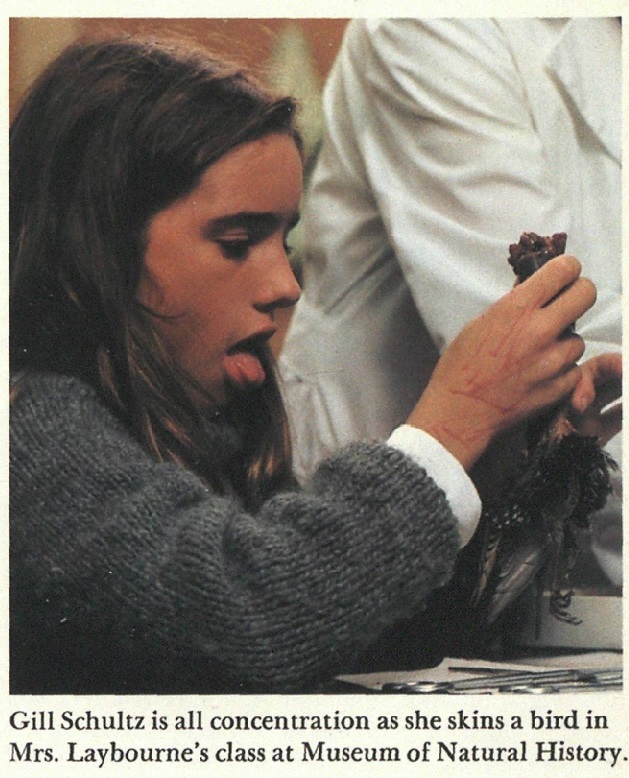
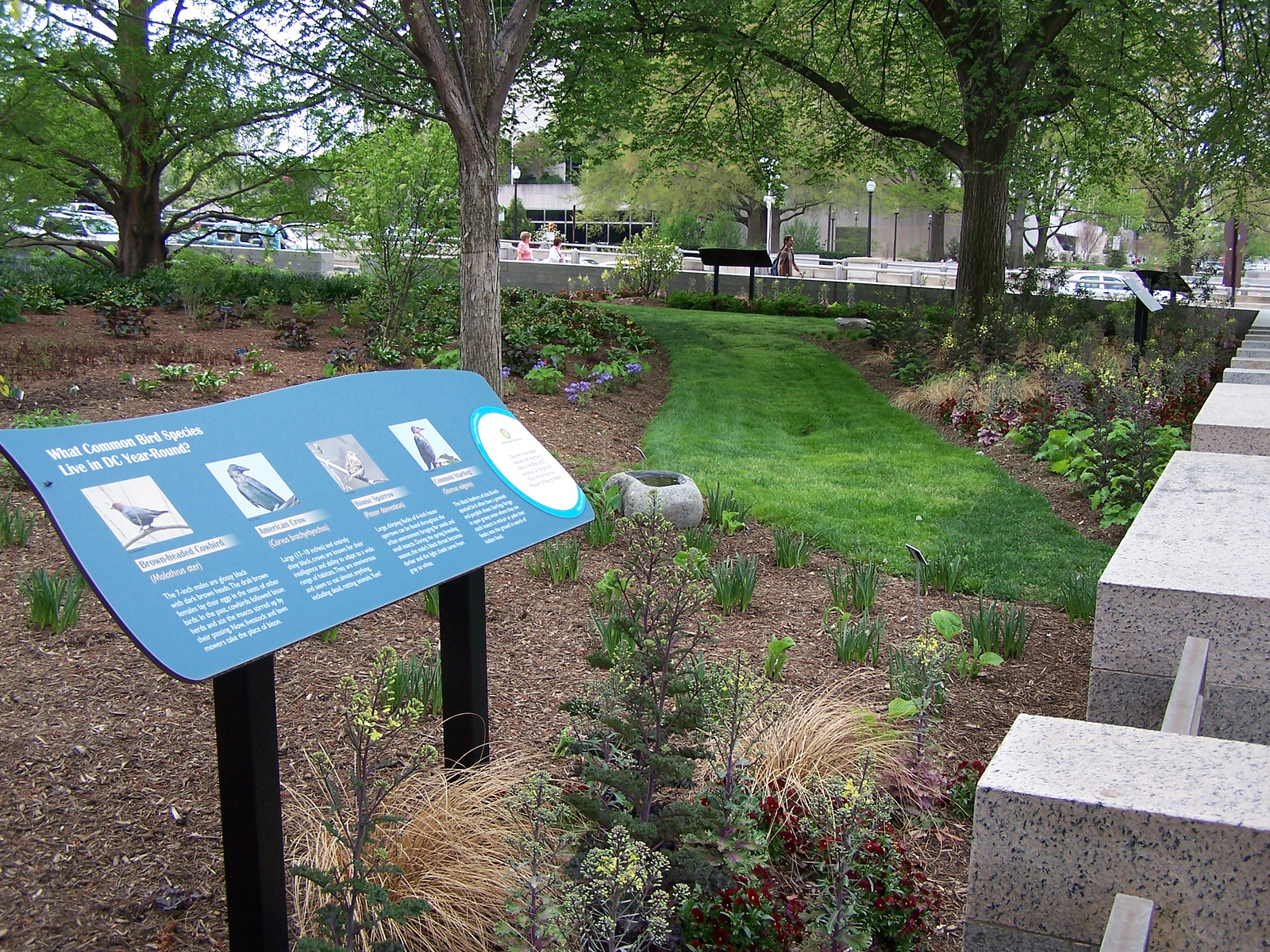
Leave a Comment